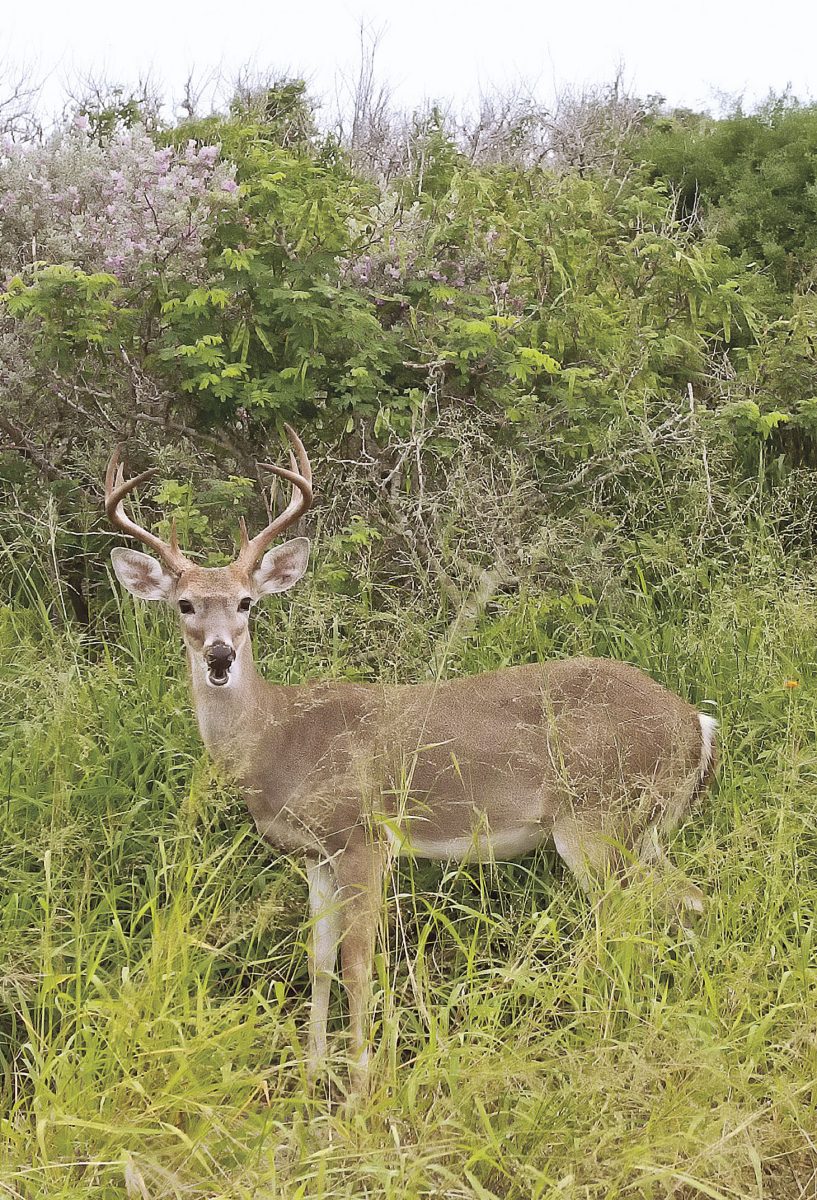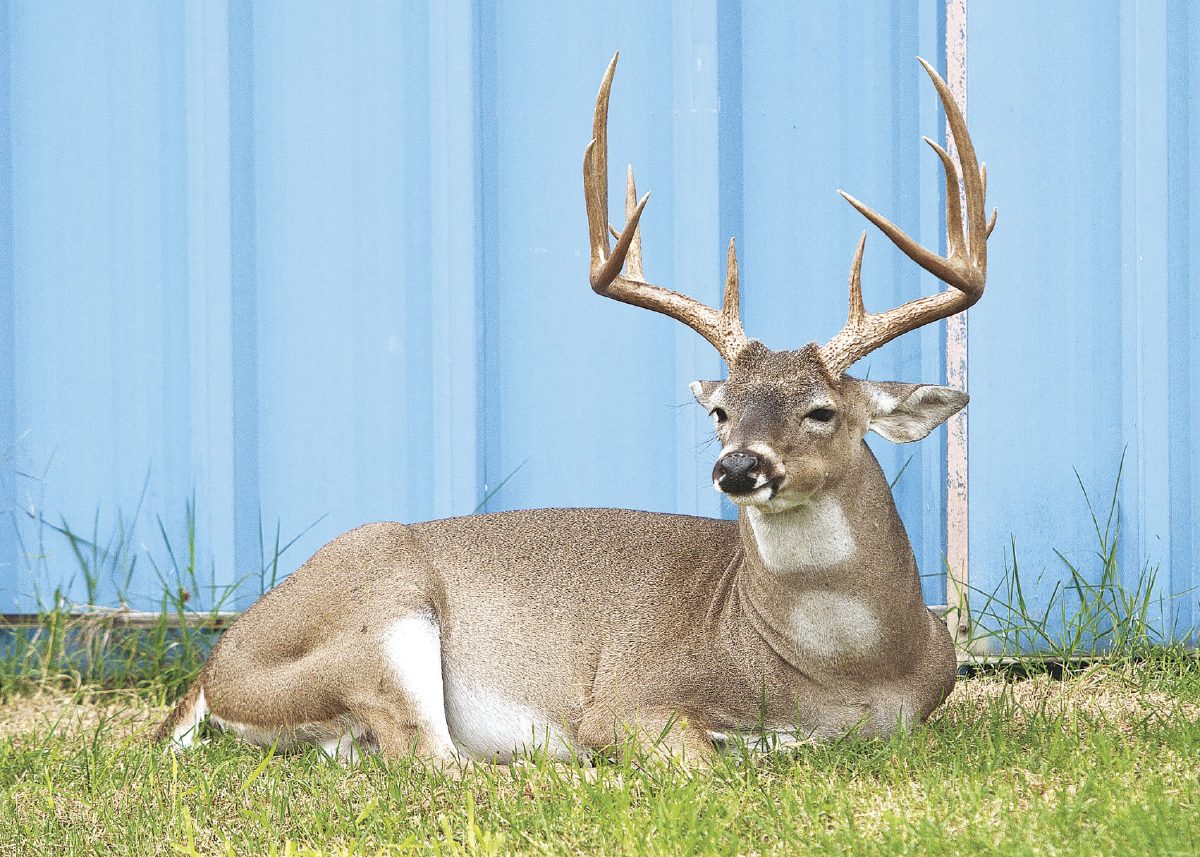PORT MANSFIELD — For decades, hundreds of whitetail deer have roamed this bayside fishing village, eating corn out of residents’ hands and luring families who see them as a tourist draw.
PORT MANSFIELD — For decades, hundreds of whitetail deer have roamed this bayside fishing village, eating corn out of residents’ hands and luring families who see them as a tourist draw.
Then last month, some of the deer appeared to disappear.
The reason, federal officials killed off 90 deer — about 25 percent of the area’s population — after they contracted cattle fever tick.
“White-tail deer are a major carrier of cattle fever ticks, which carry a parasite that can severely sicken and kill cattle,” Lyndsay Cole, a spokeswoman for the U.S. Department of Agriculture’s Animal and Plant Health Inspection Service, stated this week.
“Populations of ticks in this area have … begun to expand in recent years and USDA continues to work with the Texas Animal Health Commission to protect the U.S. from these ticks.”
In June, the USDA “humanely euthanized” deer carrying cattle fever ticks, donating their meat to a food bank while burying their hides, Cole stated.
“USDA does not seek to eliminate the deer in that area,” Cole added. “Rather, our aim is to manage fever ticks to prevent widespread disruptions to other wildlife and livestock.”
Tommy Rains, chairman of the Willacy County Navigation District, said the area is under quarantine.
To control the spread of the cattle fever tick, the TAHC has placed nine South Texas counties under quarantine, Cole stated.
Along Highway 186, officials have also built a high fence to try to stop deer from moving north, Cole stated.
In 2014, the cattle fever tick, a microscopic parasite, was discovered on several properties in eastern Cameron County, posing a huge threat to the Texas cattle industry.
Love ‘em or hate ‘em?
In Port Mansfield, the area’s deer population has vastly outnumbered the village’s 226 residents.
Along the narrow streets leading to the Laguna Madre, many residents love their four-legged neighbors while just as many hate them.
At Donald MacTavish’s home, his wife feeds the deer.
“A lot of people fed them,” MacTavish said. “All of them were like pets.”
Then he started seeing fewer deer around his home.
“Once they start disappearing, people get upset,” he said.
So MacTavish started making phone calls to find out what was happening to the deer.
Wednesday, he found out the USDA killed off deer carrying cattle fever ticks.
“It’s kind a shame,” MacTavish said. “But if it had to be, at least there’s a reason for it.”
But Sybil Simmons hates the deer that ramble through the streets, stopping at residents’ home to feast on corn.
“They need to do another 100 (deer) — definitely,” Simmons, who runs a lodging business, said, referring to the USDA’s euthanization of deer carrying the cattle fever tick.
“I’m an animal lover but this is ridiculous,” she said.
The Navigation District, which oversees the 7-square-mile port, has considered banning the feeding of deer to try to keep them from wandering into town.
Wildlife officials have even warned residents about feeding deer.
During rutting season, some bucks spar in the streets.
That’s when officials warn a feisty buck might mistake a person for a buck vying for breeding rights.
“They’ve invaded our space,” Simmons said. “We’re dodging them trying to get to work. You open up the door and they walk right in. They think they’re at home. It’s not natural. They’re inbred. They carry disease.”
At the Port Mansfield Chamber of Commerce, Tom Floyd knows the deer have turned into a tourist draw, driving in carloads of families who feed them corn.
“I hate to see them do it,” Floyd, the chamber’s president, said of the USDA’s euthanization. “But if you’ve got too many deer, you’ve got a problem.”
How many are there?
360 Estimated deer population before June
90 Number euthanized last month










